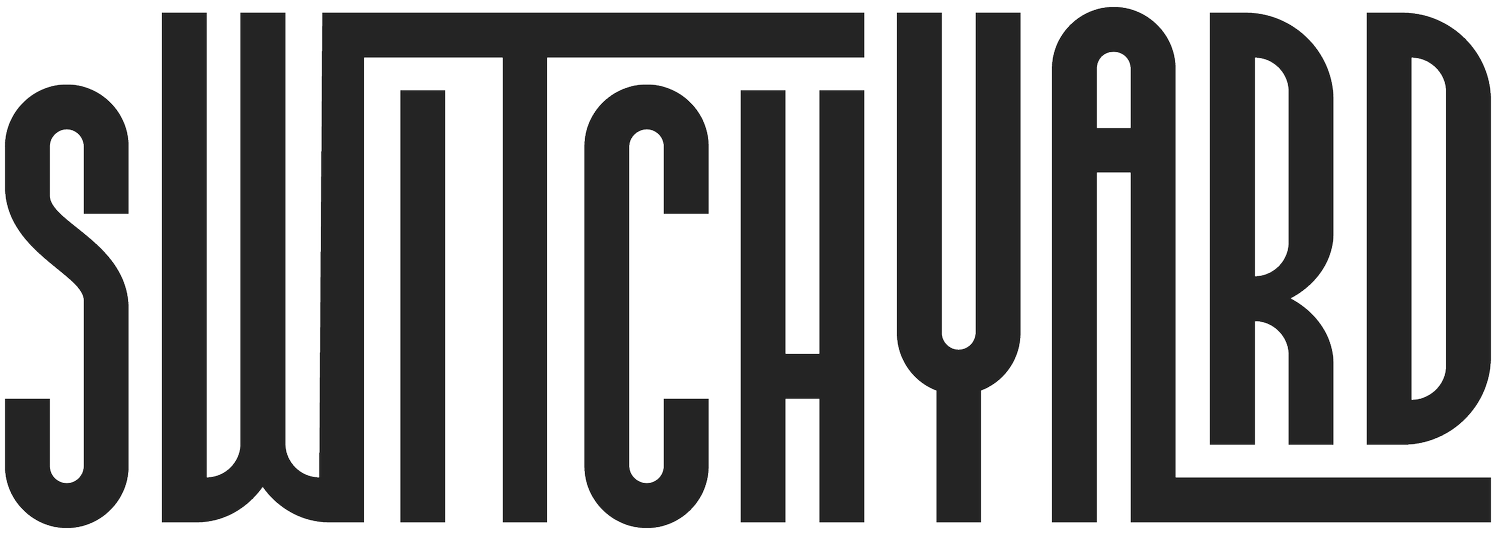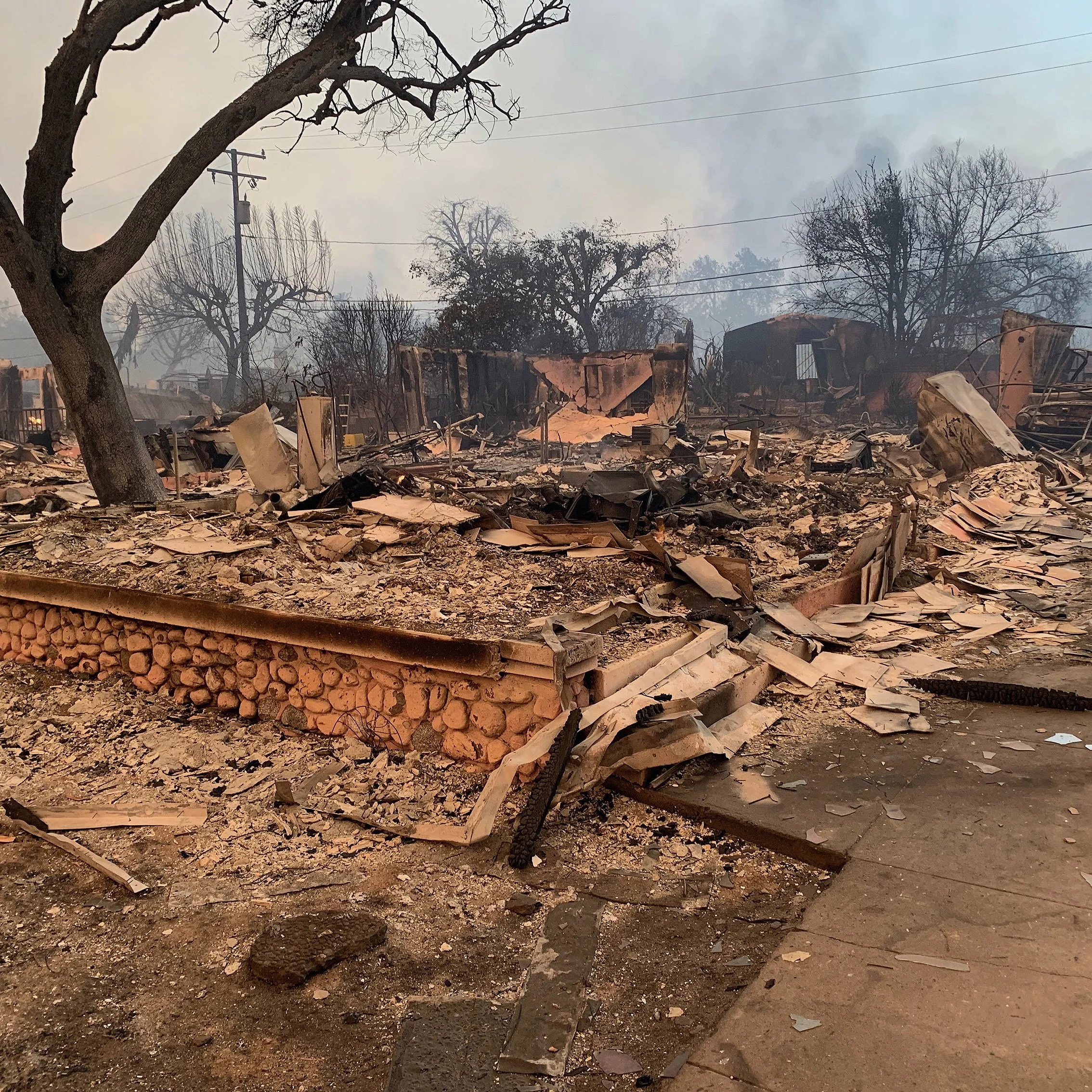Weaving Histories
by Kalyn Fay
We are all searching for ways to locate ourselves as we move through the world. In the search for self, we point to places that ushered us into new knowledge. We point to moments and experiences that gave us deeper understanding. We point to the people who carved pathways for us to be where we are now.
This process is sometimes called “self-location”—a practice that challenges us to examine the personal and family histories that brought us to this land, to remember and honor the stories of the people who lived here before us, to confront how we might benefit from legacies of colonial violence and structural oppression. If not done with care, this practice can be rote or performative, reducing thoughtful engagement to scripted land acknowledgments or empty public apologies. When I say “self-location,” I am talking about something more personal—how we know ourselves and how that is inherently tied to how we interact with the world.
I recognize the implications associated with the term “location,” its relationship to geographic mapping, and what that has historically meant in terms of colonization, expansionism, extraction, and genocide. But for me, the term “location” is joyfully Indigenous. I think of Mishuana Goeman’s book, Mark My Words: Indigenous Women Mapping Our Nations. In it, she speaks about the ways in which Indigenous people have created sites of significance for themselves through experiences, intersections, and exchange, revealing that a location is more than geographic. A site of significance is created through songs, stories, dances, and ceremonies that reflect specific places, experiences, objects, times, and people. With that in mind, a site of significance in which one might be able to locate themself could be anything from the billion-year-old starlight in the night sky to an old folk song, from a winding riverbed to a woven basket.
I was taught how to weave by Shan Goshorn, who was an Eastern Band Cherokee basket maker, artist, and activist. She was one of only a few people who were able to weave a double wall basket, and her chosen materiality was paper. So that’s how I learned and started using paper for weavings, myself. I eventually realized I wanted something that reflected my own experience a little bit more, so I took the techniques of weaving, to reflect the interconnected nature of things, but applied them in new ways.
I don’t make woven work that is three-dimensional; I’m flattening the basket. And I’m using traditional patterns, but I’m cutting them up, reworking them, and removing my intention from the process. I’m determining the structure, but what happens inside of it is just whatever happens. I still honor the traditional process of weaving, where you’re supposed to be thinking about who it’s intended for and treating it as small prayers or meditations with each weave. However, my expectation for what it should be is no longer there. I employ that process in the two-dimensional designs, but instead of meditating on their use, I’m reflecting on the regalia of powwow dances, the movements that the dancers make. I’m looking for hope and joy.
“Fancy Footwork, Eh?”
This is a woman fancy dancer. She’s got her shawl, and she’s making these almost like bird-like movements. It’s reflecting that shape and those motions. And the name is a tribute to my friend Agalisiga, who is a songwriter who sings in Cherokee. When he talks, he puts “eh?” at the end of every sentence. It’s a kind of invitation to assent, a way of affirming the joy of the piece.
“Got Me Feeling Some Type of Way”
This is a men’s fancy dancer shape, with patterns based on men’s powwow regalia. The title is a little joke. It’s about attraction, the pleasure of that feeling. I don’t think any native woman has gone to a powwow and seen the men’s fancy dance and not been like that guy got me feeling some type of way.
“Changing”
This piece is heavily scribbled to express the motion and transformation that happens when the women are dancing the fancy shawl dance. It’s also a reflection of how I was allowing myself to transform by finding my joy and my cultural connections.





















